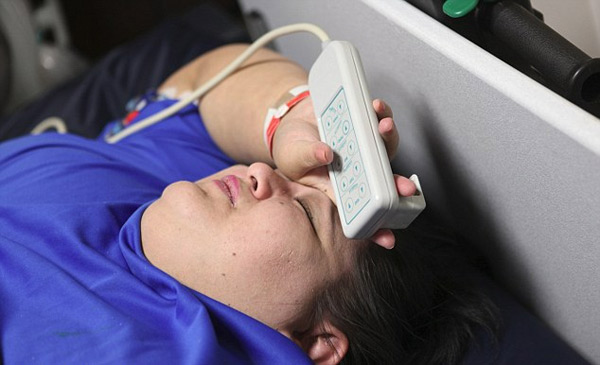Condition linked to increased surgery risk, longer hospital stays, higher charges, greater likelihood of discharge to care facility rather than home.
A new study appearing in the November 18 issue of the Journal of Bone & Joint Surgery (JBJS) found a link between obesity and a higher risk for surgery in orthopaedic trauma patients. In addition, researchers found that patients with obesity had longer hospital stays and greater treatment costs. They were also more likely to be discharged to a care facility, rather than to home.
Obesity affects more than 38 percent of the American population. In this study, researchers used computer tomography (CT) scans to measure truncal body mass index (BMI)--body fat volume in a patient's midsection. They sought to determine whether a possible relationship existed between obesity and an increasing health care burden in patients with multiple orthopaedic traumas.
Researchers identified 301 patients with multiple orthopaedic injuries at a Level I trauma center from 2006 to 2011. Patients with a truncal BMI of less than 30 kg/m2 were categorized as non-obese, and those who measured more than 30 kg/m2 were considered obese.
The patients with obesity were further divided into two classes. Class I included patients with a truncal BMI between 30 kg/m2 and 35 kg/m2; those with a truncal BMI greater than 35 kg/m2 were in Class II.
Their analysis showed the following:
Obesity increased the risk of surgery: 72 percent of the obese patients required surgical treatment, compared to nearly 55 percent of non-obese patients. The degree of obesity also had an impact on a patients risk for surgery. Although 67 percent of Class I patients had surgery, 93.3 percent of the Class II patients required surgery.

Patients with a normal truncal BMI had shorter hospital stays. Their mean intensive care unit stay was 7.2 days and the mean total hospital stay was 12.4 days, compared to 9.7 days and 16.4 days for patients diagnosed as obese.
Mean hospital costs were $160,606.02 for non-obese patients and $234,863.58 for obese patients.
A greater proportion of Class II patients required discharge to a continuing care facility.
"Overall this study found an association between obesity and increased rates of lower-extremity injuries and orthopaedic surgery," said study lead author and orthopaedic surgeon Heather Licht, MD. "Obese patients had higher total hospital charges, longer intensive care unit and total hospital stays, and decreased rate of discharge.
Even when patients have the same severity of injuries, resource utilization is higher among patients with obesity, compared to non-obese patients.








